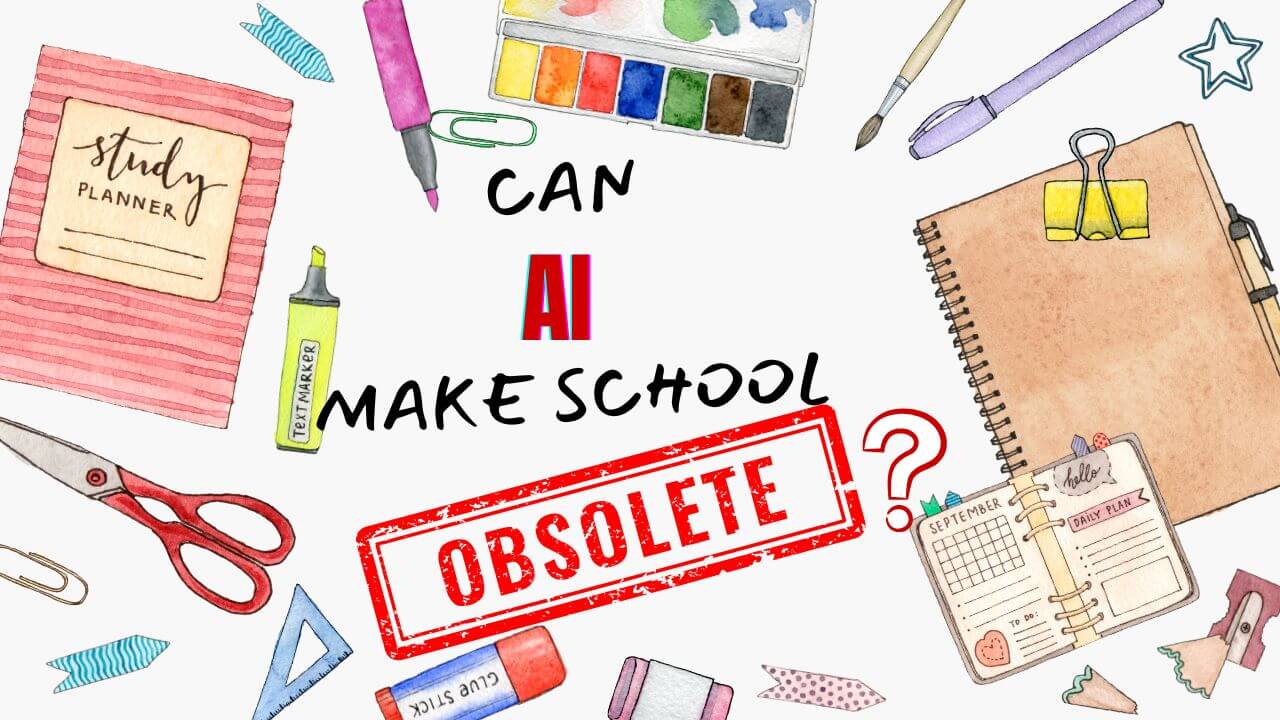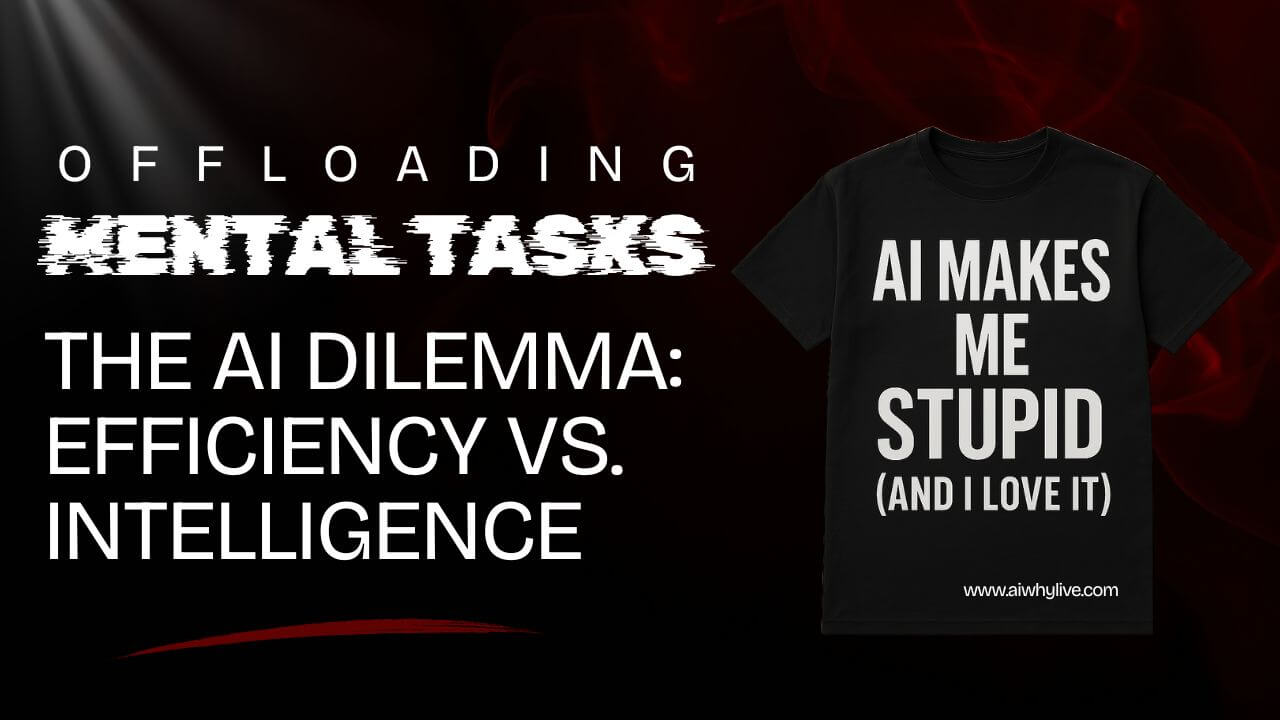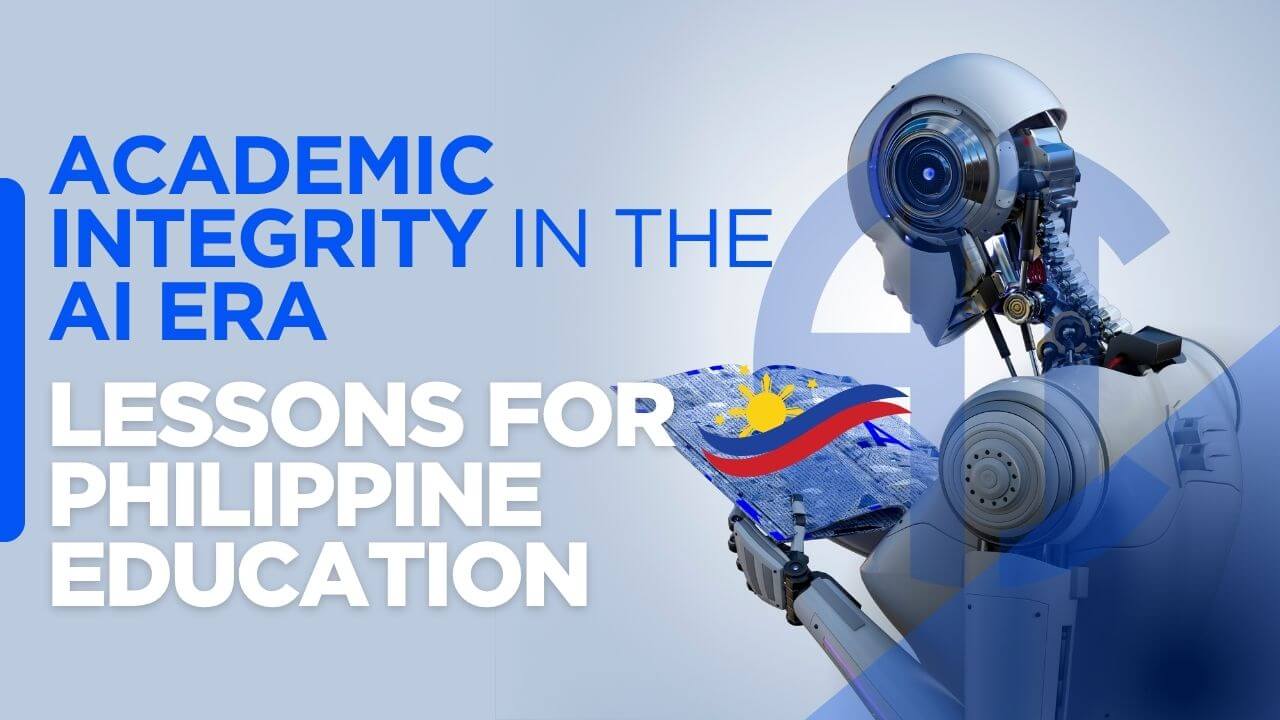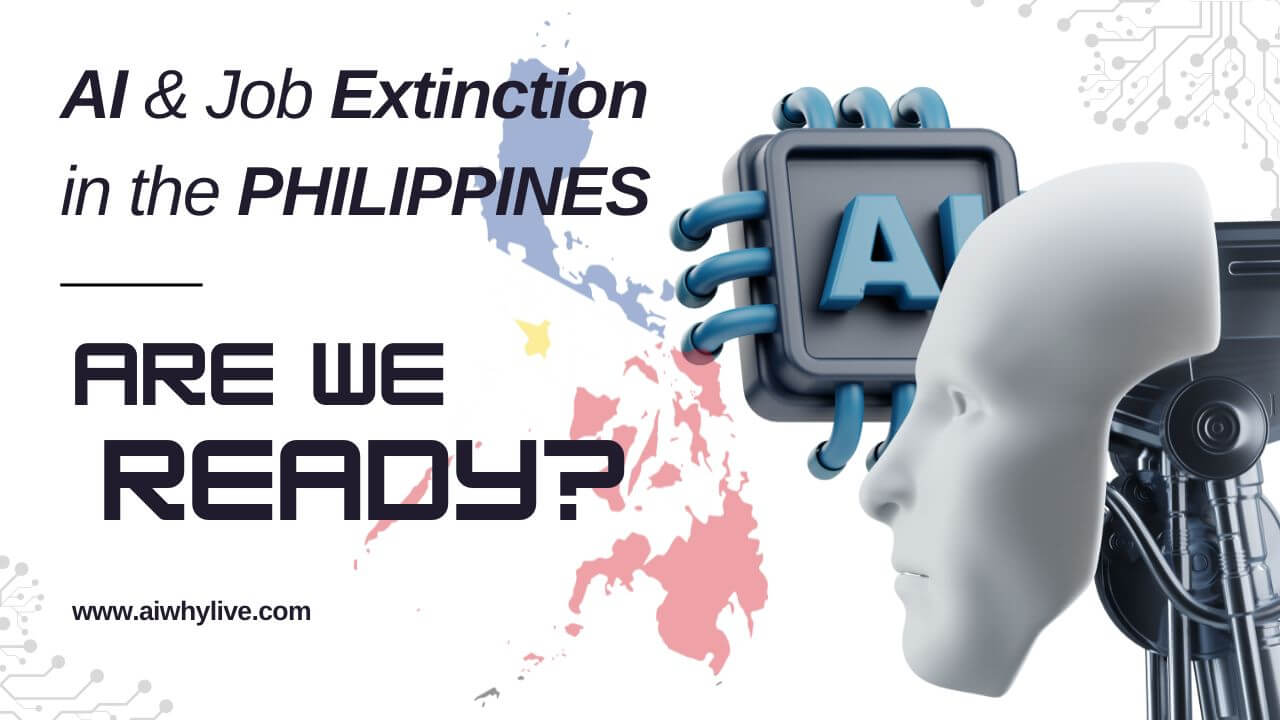Introduction: The AI Disruption in Education
For centuries, schools have been the cornerstone of learning. But in the age of AI, where knowledge is instantly accessible and personalized learning is more effective than ever, we must ask: Do we still need traditional schools?
The idea of AI replacing schools might sound radical, even unsettling. After all, classrooms have long been seen as the foundation of education. But what if AI could do it better—faster, cheaper, and more equitably? What if AI could solve the problems that schools have failed to fix for decades?
Before we clutch our textbooks in panic, let’s explore the real issues plaguing education today—especially in the Philippines—and why AI might just be the solution we never knew we needed.
The Problems Schools Can’t Fix
1. The Great Infrastructure Crisis
In the Philippines, overcrowded classrooms, crumbling school buildings, and lack of basic facilities are the norm. Many public schools operate with 50 to 70 students per class, making effective learning nearly impossible. Some schools lack chairs, proper ventilation, and even functioning toilets.
2. The Textbook Shortage
Despite promises of quality education, many students don’t even have textbooks. In some cases, a single book is shared among multiple students, forcing them to rely on outdated, photocopied materials.
3. The Roadblock to Education—Literally
In rural areas, students walk for hours just to reach school. Harsh weather, poor road conditions, and lack of transportation make education physically inaccessible for thousands of children.
4. The Dropout Crisis
The Philippines faces a staggering dropout rate, with approximately 2.13 million students leaving school annually. Shockingly, 41.9% of students who enter Grade 1 do not complete their education by Grade 10. Economic hardship, lack of resources, and poor educational infrastructure contribute to this alarming trend.
Yearly Dropout Rates in Philippine Higher Education
| School Year | Dropout Rate (%) |
|---|---|
| 2020-2021 | 15.90 |
| 2021-2022 | 37.79 |
| 2022-2023 | 40.98 |
| 2023-2024* (proj) | 35.15 |
\*Projected dropout rate for SY 2023-2024 as reported by the Commission on Higher Education (CHEd)
State Universities and Colleges (SUCs) Regional Dropout Rates in the Philippines
| Region | Dropout Rate (%) |
|---|---|
| National Average (SUCs) | 39.0 |
| Bangsamoro Autonomous Region | 93.4 |
| Central Visayas | 60.7 |
| Zamboanga Peninsula | 59.5 |
| Cordillera Administrative Region | 54.9 |
| Metro Manila | 52.4 |
| Soccsksargen | 51.2 |
| Western Visayas | 50.2 |
\* Sources: CHEd and Rappler
5. The Literacy Gap
Compared to neighboring countries in Asia, the Philippines struggles with low literacy rates. While nations like Singapore and South Korea boast near-universal literacy, the Philippines still grapples with millions of out-of-school youth who lack basic reading and numeracy skills.
6. The Human Capital Index Struggle
The Human Capital Index (HCI) measures a country’s ability to develop its workforce through education and healthcare. The Philippines ranks lower than many of its ASEAN neighbors, signaling that our education system is failing to equip students with the skills needed for a competitive future.
7. The Harsh Reality of Hunger in Schools
Many Filipino students go to school hungry, making it nearly impossible to focus on lessons. Malnutrition remains a major issue, affecting cognitive development and academic performance.
8. The Hypocrisy of Politicians (and the Corporate World)
Politicians often tout the virtues of public education, praising it as the great equalizer and the backbone of national development. Yet behind the podium, many send their children to elite private schools—institutions with air-conditioned classrooms, low student-teacher ratios, and access to cutting-edge technology. If public schools were truly effective and equitable, wouldn’t they trust them with their children?
But the hypocrisy doesn’t stop there.
When it comes to employment, both politicians and giant corporations frequently preach about “equal opportunity” and uplifting marginalized communities. Yet when hiring for government posts or leadership positions, there’s a quiet bias at play: preference is overwhelmingly tilted toward graduates of elite universities, often the same schools their children attend.
So while they celebrate free education and accessibility, they turn around and reward privilege in practice. It’s a system that praises the barangay school in press releases but hires from Ivy League shortlists behind closed doors.
9. The Outdated Curriculum
Traditional schools struggle to keep up with modern skills. While AI, coding, and digital literacy are shaping the future, many schools still focus on rote memorization rather than critical thinking and problem-solving.
How AI Can Fix What Schools Can’t
1. Personalized Learning for Every Student
AI-powered platforms like Khan Academy, Scribe AI, and ChatGPT can tailor lessons to each student’s pace and learning style. No more one-size-fits-all education—AI ensures that every learner gets exactly what they need.
2. Unlimited Access to Knowledge
Forget textbook shortages—AI can provide instant access to millions of resources, from interactive lessons to real-time tutoring. Students no longer need to rely on outdated materials or wait for government funding to catch up.
3. Education Without Borders
AI eliminates the need for physical schools. Students in remote areas can learn from home, bypassing the long walks, bad roads, and extreme weather that often prevent them from attending school.
4. Affordable, High-Quality Learning
AI-driven education is cheaper than traditional schooling. Instead of spending billions on school buildings, maintenance, and textbooks, governments could invest in AI-powered learning platforms that reach every student, anywhere.
5. Real-World Skills Over Memorization
AI can teach coding, digital literacy, financial education, and problem-solving—skills that matter in today’s world. Instead of memorizing facts, students can learn how to think, create, and innovate.
The Future: Schools vs. AI
Will AI completely replace schools? Probably not. But it will force schools to evolve. The traditional classroom model—where students sit passively while a teacher lectures—is outdated. AI will push education toward interactive, personalized, and skill-based learning, making schools more efficient and accessible.
Instead of fearing AI, we should embrace it. Because in the end, education isn’t about buildings, textbooks, or politicians—it’s about learning. And if AI can make learning better, faster, and more accessible, then maybe it’s time to rethink what school really means.
Final Thoughts: AI as the Great Equalizer
Education should be a right, not a privilege. Yet, in the Philippines, millions of students are left behind due to lack of resources, poor infrastructure, and systemic failures. AI has the power to level the playing field, ensuring that every child—rich or poor, urban or rural—gets the education they deserve.
At AIWhyLive.com, we believe in education that empowers. Whether through AI-driven learning, digital literacy, or innovative solutions, the future of education isn’t about preserving outdated systems—it’s about creating something better.
The question isn’t “Can AI make school obsolete?”—it’s “Can AI make education truly accessible?”
And the answer is yes.
Sources & Further Reading
- Understanding the Causes of School Dropout in the Philippines
- A Second Chance to Develop the Human Capital of Out-of-School Youth
- Education Equality in the Philippines
- World Bank Report on Education in the Philippines
Education isn’t about buildings—it’s about learning. And AI is making learning better than ever. 🚀







